Groundhog Day
Title: Groundhog Day
Writer(s): Danny Rubin, Harold Ramis
Director: Harold Ramis
Year: 1993
Actors: Bill Murray (as Phil Connors), Andie MacDowell (as Rita), Chris Elliott (as Larry), Stephen Tobolowsky (as Ned Ryerson), Brian Doyle-Murray (Buster Green), Marita Geraghty (as Nancy Taylor), Angela Paton (as Mrs. Lancaster), and Scooter (as The Groundhog).
Story: A weatherman for a major news station, Phil Connors, heads to the little town of Punxsutawney, P.A. on Groundhog Day to cover the story of Punxsutawney Phil and his shadow. Phil is arrogant and egotistical and does not try to hide his disdain for everyone and everything in his life, especially the event he is covering. Soon after broadcasting the events of The Groundhog, Phil and his crew try to head back to the city. However, a snow storm locks them down in Punxsutawney. As if being stuck in that town wasn’t bad enough, from that point on Phil finds himself repeating that same day over and over again each morning he wakes up. First he takes advantage of the situation by being exceptionally crappy to people and committing crimes, then he loses his mind and takes his own life several different ways. Finally, he realizes that he must change is way of thinking in order to be a better person, win the love of his coworker, and begin a new day in the morning.
Acting Type: Bill Murray is what is known as a personality actor. From our course textbook, Goodykoontz and Jacobs (2011) describes a personality actor as an actor with a specific personality and that “films with strong personality actors can make it difficult for audiences to differentiate between the actor and the character” (Section 3.4, Personality Actors, para 1). Bill Murray is also a star, which Goodykoontz and Jacobs (2011) define as someone who is popular and well-known to the movie-going public, someone with a distinct screen persona (Section 3.4, Stars, para 1). Below is a scene from Groundhog Day and an interview from Letterman the same year. Pay close attention to the similarities between Bill Murray the actor and Phil Connors the character. It is these similarities that help categorize him as a personality actor. His witty charm and comedic arrogance often follows him into the roles he is cast.
Chris Elliott is also a personality actor although not as popular. The majority of his movies and roles are always comedic in nature, including his role in Groundhog Day. Even when one of his roles is a little more serious in nature, he still manages to bring his own personal level of humor to it. From There’s Something About Mary (1998) to Scary Movie 2 (2001) to his work on several comedic television series in the recent years such as How I Met Your Mother (2009-2014), we can see how these roles compliment Elliott’s specific comedic acting style and why he is classified as a personality actor.
There’s Something About Mary (1998)

How I Met Your Mother (2009-2014)

Andie MacDowell is a little harder to classify. Goodykoontz and Jacobs (2011) contends that actors that are difficult to classify are known as “wild cards” (Section 3.4, Wild Cards and Character Actors, para 1). The films she has been in vary in genre and the characters she has played vary in personality. Her roles also range from serious to humorous and in between. For example, for her role in Greystoke: The Legend of Tarzan, Lord of the Apes (1984) she plays a proper, well-bred lady who is soft spoken and intelligent. In Multiplicity (1996) MacDowell plays a normal everyday housewife who is trying to make sense of her husband’s peculiar behavior. This role most closely resembles her role in Groundhog Day. In Daydream Nation (2010) she is a single mother who flirts heavily, laughs loud, and wears a lot of makeup and suggestive clothing. This diversity makes MacDowell a shoe-in for the wild card catagory.
Greystoke: The Legend of Tarzan, Lord of the Apes (1984)
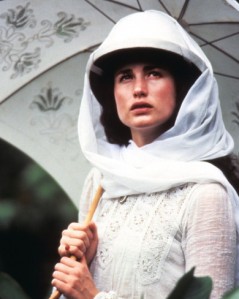
As we have seen in the above analysis, all of these actors would continuously be placed in the same categories throughout their film careers. However, for the purpose of this part of the discussion we will focus on Bill Murray. As we touched upon above, Bill Murray is very similar in person as he is on screen. He often plays roles that compliment or amplify his existing personality. We saw proof of this relationship from the clips above. However, let’s take a look at his role in Ghostbusters (1984). You’ll find that the similarities between Murray’s character in Groundhog Day (Phil Connors) and his character in Ghostbusters (Peter Venkman) are uncanny. This characterization is consistent throughout Murray’s entire filmography.
This information suggests that the personality catagory of acting is in place to allow actors such as Bill Murray to have a comfortable place to work. In turn, Murray gets to do what he loves, what he is good at in the way that maximizes his output for his audience. That increases the entertainment value of both the actor and the acting style.
Resources
[Andie MacDowell in Daydream Nation, the date scene]. Retrieved July 17, 2014, from: http://collider.com/henrys-crime-movie-images-daydream-nation-movie-images/.
[Andie MacDowell in Greystoke: The Legend of Tarzan, Lord of the Apes, the arrive in Africa scene]. Retrieved July 17, 2014, from: http://monstermania-batcat31.blogspot.com/2011/09/half-of-me-is-earl-of-greystokethe.html.
[Andie MacDowell in Multiplicity, the kitchen scene]. Retrieved July 17, 2014, from: http://www.thefancarpet.com/ActorGalleryPicture.aspx?mga_id=46953&a_id=797.
[Chris Elliott in How I Met Your Mother, the bathtub scene]. Retrieved July 17, 2014, from: http://www.tvguide.com/celebrities/chris-elliott/photos/144488/1154516.
[Chris Elliott in Scary Movie 2, the meet the butler scene]. Retrieved July 17, 2014, from: http://baskino.com/actors/%CA%F0%E8%F1+%DD%EB%EB%E8%EE%F2/photos/.
[Chris Elliott in There’s Something About Mary, the shoe scene]. Retrieved July 17, 2014, from: http://www.artistdirect.com/nad/store/movies/photos/0,,1891550-21899,00.html.
Cinefantastique Online. (2009, September 22). Ghostbusters: Zul seeks the Keymaster. [Video file]. Retrieved from http://www.youtube.com/watch?v=N9L7UUp0FxY.
Film Trailers In HD And HQ. (2009, August 22). Groundhog Day Trailer HD. [Video file]. Retrieved from http://www.youtube.com/watch?v=tSVeDx9fk60.
Geoff Krall. (2011, February 2). ‘Groundhog Day’ “I’m a god” scene. [Video file]. Retrieved from http://www.youtube.com/watch?v=6VF5P7qLaEQ.
Goodykoontz, B., & Jacobs, C.P. (2011). Film: From watching to seeing. San Diego, CA: Bridgepoint Education, Inc.
Pukenshette. (2013, June 24). Letterman: Bill Murray interview (1993). [Video file]. Retrieved from http://www.youtube.com/watch?v=IIRXKRLbS9Q.
.

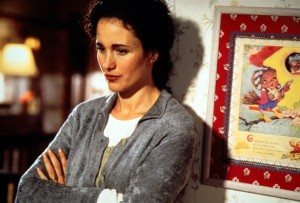
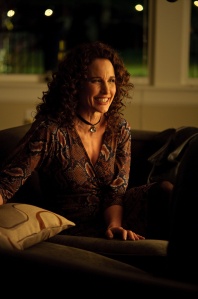
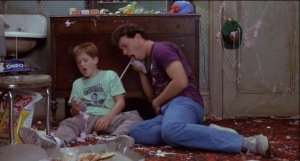
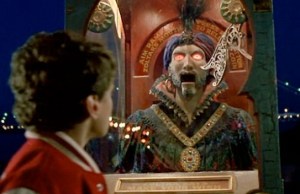
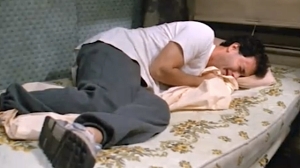
Recent Comments